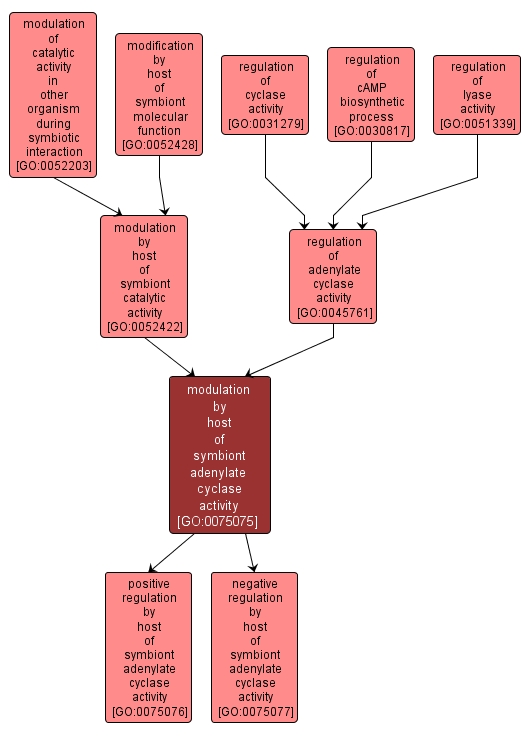| Desc: |
Any process by which the host organism modulates the frequency, rate or extent of the symbiont adenylate cyclase activity, which catalyze the reaction: ATP = 3',5'-cyclic AMP + diphosphate. The host is defined as the larger of the organisms involved in a symbiotic interaction. |














